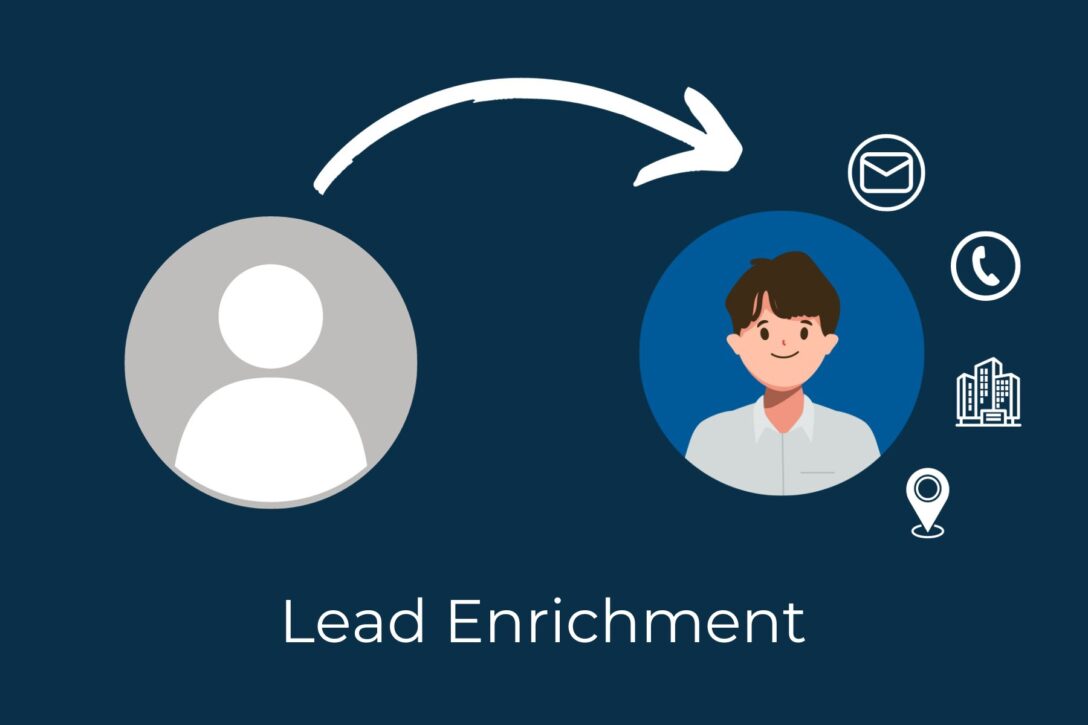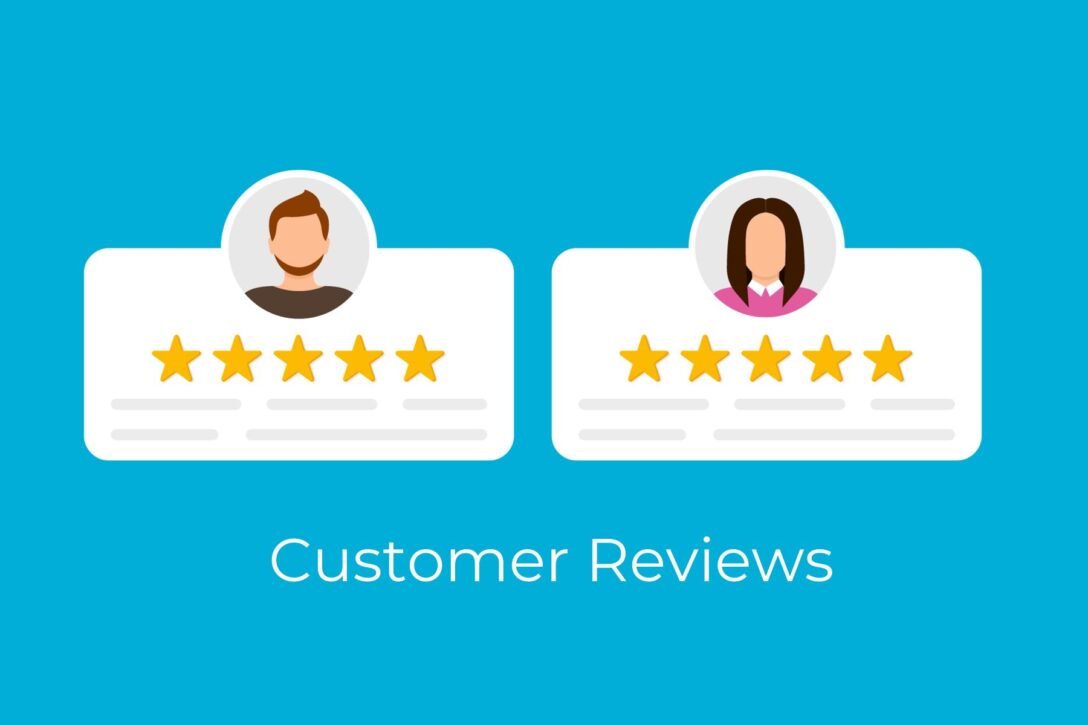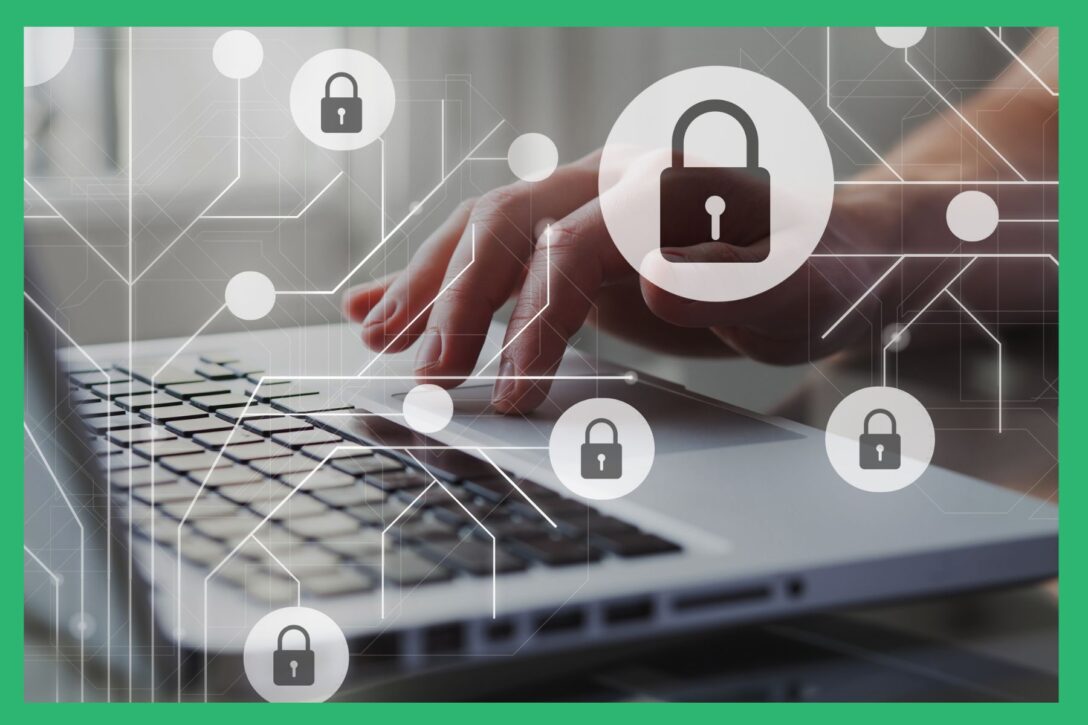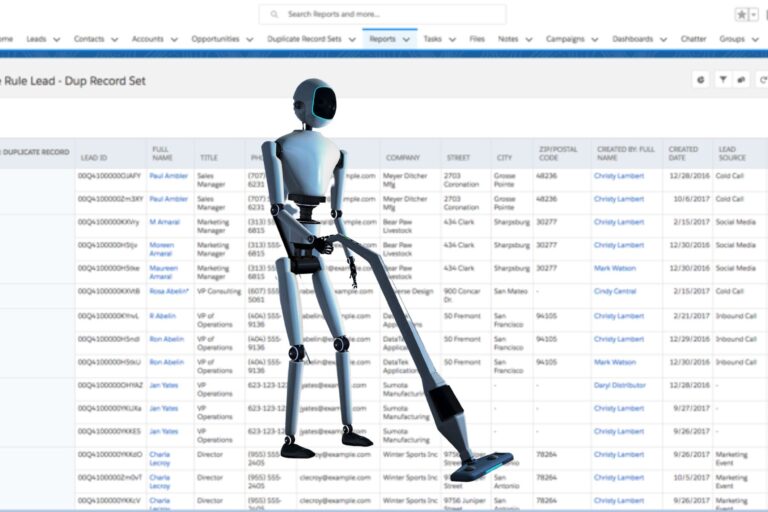From bread to uranium, enrichment is the process of enhancing the quality and value of something. In the B2B sales and marketing world, lead enrichment means making a basic list of contact information more useful by supplementing it with additional data.
Additional data can include company information, demographic data, intent data, technographic (software, hardware) data and much more.
Enriched leads help your sales team identify your most promising prospects faster and reach them more effectively via personalized outreach.
Thankfully, neither the skilled hands of a baker nor secretive nuclear centrifuges are needed to enrich lead data! Lead enrichment providers have data platforms that can enrich a contact list at the click of a button.
The problem for a sales or marketing manager in the early stages of the buying process is that many options exist. Each has different specialities, data collection techniques and integrations across various price points.

Why it’s important to choose the right lead enrichment tool
Finding the right tool is no small task and data is expensive – you don’t want to waste cash on data you don’t need and won’t use. But making the right choice can have a considerable upside. That’s why choosing the right lead enrichment tool is so important.
This blog will aid your lead enrichment procurement by taking you on a step-by-step journey to understand the market and identify what you need and what you don’t.
8 steps for choosing a lead enrichment provider
1. Understanding your business needs
The first step towards choosing a lead enrichment provider is working out what you need from the totality of available data types. At this stage, put to one side factors such as onboarding, UX/UI and data quality.
Instead, find out the answers to the following questions.
What are your primary outreach methods?
If your sales team is active in industries where email is the norm, it makes sense to look for a lead enrichment provider that specializes in email-related enrichment.
Or, if your team is committed to hitting the phones, then companies that offer high phone number accuracy should be near the top of your list.
And if your sales team is active in multiple channels, you’ll be looking at the fully featured end of the market.
What are your data volume requirements?
B2B data can be expensive, so if you have limitations around the size of your team or outreach volume, then you might want to factor data quantity into your procurement strategy. Most providers use semi-artificial data usage restrictions to upsell packages.
On the other hand, unrestricted data usage can have unexpected benefits, such as removing a scarcity mindset that can inhibit a salesperson’s productivity.
Similarly, unrestricted data usage makes spend more predictable compared to a credit-based plan.

How complex are your deals?
Companies with large total contract values (TCVs) likely have longer sales cycles with multiple stakeholders and decision-makers.
A wider range of data sources, particularly around company data and deal-threading functionality, will be of greater benefit to high TCV sales teams.
What integrations do you need?
This is undoubtedly the most important criterion if you have an established sales tech stack! It’s vital you know precisely what integrations you need before taking a lead enrichment license.
What geographies do you operate in?
Some lead enrichment providers have much stronger data in some geographies than others. Many providers will have much stronger US data than European data.
Plan future expansion into your decision so you’re not stuck with weak data at a critical juncture.
Do you need any extras?
Alongside the bread-and-butter functionality of lead enrichment tools, some boast of value-added features that competitors can’t offer.
For instance, Cognism’s Bombora intent data integration lets users know which buyers are in-market and what they’re most likely to be interested in.

2. Evaluate data accuracy
Nightmare scenario: you stump up for a lead enrichment service, and on day one, your team starts to report dud phone numbers, out-of-date info and email bounce backs.
Without decent data accuracy, everything else is pointless. Worse, bad email data can harm your sending reputation. But before we explain how to evaluate a solution’s data accuracy, it might be helpful to explain why data quality differs.
Data validation
All data providers have data validation processes to maintain accuracy, but some put more work into it than others.
Some providers rely on algorithms to verify their data, while others employ teams to manually verify contact data.
Data sources
Variance in data sources used by lead enrichment providers results in discrepancies in accuracy and completeness, affecting the overall quality of the enriched data. Some companies rely on data scraping to populate their contact database; this is a cheap approach that produces uneven results.
Some companies use informed guesswork (if you know you can reach Joe Bloggs at [email protected], then you could assume John Doe is reachable at [email protected]) to fill out their email contact database, which is not always accurate either.
Providers sometimes rely on OSINT (open-source intelligence) data, i.e. publicly available data. In contrast, others build proprietary data lakes or crowdsource their data from their users or, sometimes, from their users’ email networks.
Update frequency
Staying on top of people moving between jobs is a huge part of data accuracy. The frequency of data updates has a big impact on accuracy.
Most providers will say their database is updated daily, but finding out how often each data point is updated takes more digging.
So, how do you assess data quality?
Benchmarks
Evaluate your shortlisted solutions’ data against these benchmarks:
- Phone number accuracy – 98%
- Email accuracy – 95%

Customer reviews
Lead enrichment solutions will all have profiles on websites like G2.com, which provide testimonials on data quality as well as many other aspects.
You can also try to find more casual opinions, such as searching for “[solution] + Reddit”. It can be useful to get some honest, unfiltered thoughts on a solution from users. Just bear in mind that honest doesn’t necessarily mean accurate, as mileage (positive and negative) will vary across individuals.
Try before you buy
Many data enrichment tools will offer a trial. It’s worth exploring these options, although you might not get a true picture of data accuracy from a trial intended to impress as much as possible.
3. Review customizations and flexibility
Lead enrichment solutions will offer varying levels of customization and flexibility.
For example, some, like Pipl, offer lead enrichment as a repurposing of their primary online identity and trust business. But Pipl isn’t built around lead generation from the ground up, so workflows need some manual analysis and integration.
Others will have tight use cases, such as email-only outreach support. Meanwhile, fully featured solutions will have excellent data breadth and additional value-add features like contact verification requests and intent data.
Broadly, though, look for a lead enrichment provider that works the best for your business, rather than looking for one that does everything.
4. Review integration capabilities
This is a simple but vital step in the procurement process. Make a list of your sales tech stack and compare it against a solution’s specified integrations.

5. Consider security and compliance
The importance of data security in lead enrichment and compliance with data protection regulations (e.g., GDPR, CCPA) can’t be overstated.
Lead enrichment providers handle sensitive data; this means poor data security and compliance governance can have adverse consequences for your customers and your business.
On the data security side, research a solution’s…
- Data protection practices, including ISO certifications, encryption, data segmentation, retention and deletion protocols.
- Product security, including code security, software dependencies and access management.
- Vulnerability procedures, including penetration testing.
- Cybersecurity insurance.
- Resilience, such as AWS cloud security.
On the compliance side, make sure the solution adheres to the GDPR and CCPR – these are EU and Californian data regulations, which some companies try to swerve.
Top tip: check a company’s website for its certifications and compliance policies.
6. Investigate pricing and transparency
There are several standard pricing models in the data enrichment solutions market.
Most providers sell their solutions on a per-seat basis, with packages split according to usage and functionality requirements. You’ll typically find basic, pro and enterprise packages offered. Market consensus allows buyers to more easily compare across providers.
Prices for smaller deal sizes are usually laid out on a provider’s website, while enterprise-level deals are negotiated on a case-by-case basis. However, the package prices indicate market positioning should you begin the negotiation process.
Hidden costs
Some solutions come with hidden costs.
First and foremost, limit-based pricing strategies as a whole have several hidden costs. Sales teams are unconsciously inhibited by usage limits, adopting a scarcity mindset that hinders outreach. Usage-based pricing plans make spend harder to plan for, and the jump to the next usage cap will likely be a bigger jump than is wanted.
Other hidden costs can include a refusal to refund credits for bad information or being nickel and dimed on features you might expect to be standard.

7. Check user experience and customer support
The quality of a solution’s UX/UI can have a material impact on a team’s productivity. Pre-filter your options by reading reviews and ease-of-use comparisons on G2.com.
A free trial is naturally an ideal time to assess a solution’s UX/UI. During the trial, make sure to evaluate:
- Ease of integration.
- Data filtering.
- List building.
- Sequence building.
- Platform speed.
Customer support can feel like an afterthought when making purchasing decisions. We suggest, as before, filtering G2 reviews for customer service and looking at “Quality of Support” scores.
Additional functionality, such as automated or assisted cadence/sequencing, can have a tangible impact on a sales team’s productivity. Increasingly, AI-assisted workflows, such as automated cold email approaches, are being brought to market.
8. Study comparisons and reviews
When you have a shortlist of your most promising options, read comparisons and reviews of your favored solutions. It’s so common for people to search Solution A versus Solution B that most lead enrichment providers will have pages explaining how their solution stacks up against the competition.
For instance, Cognism has pages on how our sales intelligence platform stacks up against ZoomInfo, Apollo.io, Lusha and more. Likewise, our competition has similar pages on us – we take it as a compliment!

Choosing a lead enrichment provider: key takeaways
Let’s recap. To arrive at a shortlist of lead enrichment providers to test out, you need to:
- Evaluate your needs and requirements.
- Research data accuracy.
- Evaluate customisation and flexibility.
- Check integrations.
- Check security and compliance policies and credentials.
- Decide what pricing model suits you.
- Cross-compare ease of use and customer support.
- Read customer reviews.
After completing those steps, you should have arrived at a shortlist of promising lead enrichment providers. And, don’t be shy about starting free trials or requesting demos.
Happy enriching!










